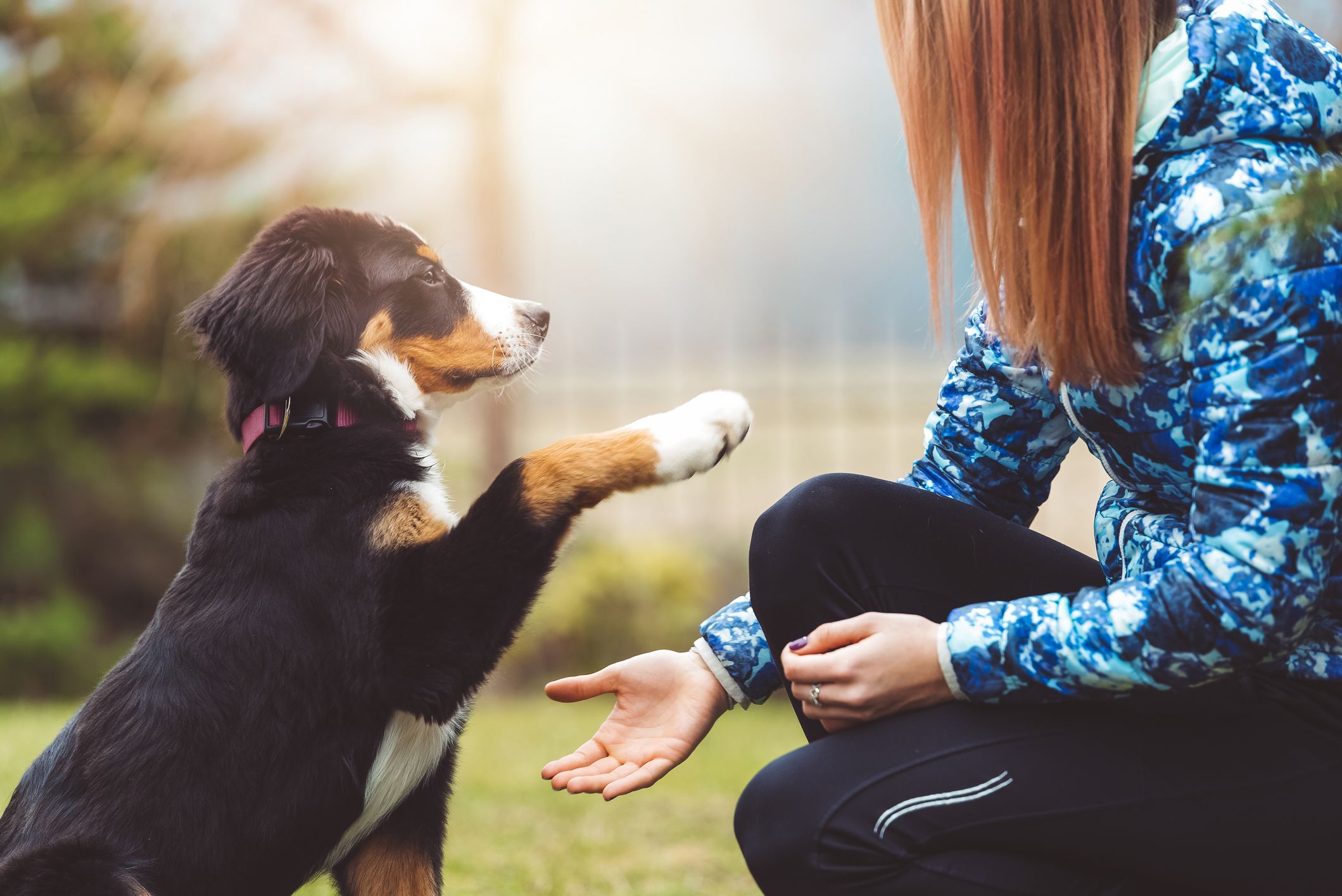
Owning a dog is a rewarding experience that brings joy, companionship, and loyalty into our lives. However, not all dog breeds are suitable for every person. Some breeds require specific care, extensive training, and a level of commitment that might be challenging for the average dog owner. Choosing the right breed is crucial to ensure a harmonious relationship between you and your canine companion.
1. High-Energy Working Breeds
Breeds like the Border Collie, Australian Shepherd, and Belgian Malinois are known for their intelligence, agility, and tireless energy. While they excel in activities like herding, agility, and obedience training, they can be overwhelming for someone who isn’t prepared to meet their physical and mental needs. Without proper exercise and stimulation, these dogs can become bored, anxious, and destructive.
If you’re not ready to dedicate several hours a day to training and exercising your dog, it might be best to avoid these high-energy working breeds.
2. Strong-Willed Guard Dogs
Breeds such as the Rottweiler, Doberman Pinscher, and Cane Corso are natural protectors with strong guarding instincts. While they are loyal and loving with their families, they can be territorial and wary of strangers. These dogs require consistent training, socialization, and a confident owner who can establish themselves as the pack leader.
For the average person, managing a strong-willed guard dog can be challenging, especially without experience in handling dominant breeds.
3. Independent and Stubborn Breeds
Breeds like the Afghan Hound, Basenji, and Shiba Inu are known for their independence and strong-willed nature. They are often more challenging to train, as they may not be as eager to please as other breeds. Patience, consistency, and a solid understanding of dog behavior are essential when training these dogs.
If you’re looking for a dog that quickly responds to commands and training, these independent breeds might not be the best fit.
4. Large and Powerful Breeds
Dogs like the Great Dane, Saint Bernard, and Mastiff are gentle giants, but their size and strength can pose challenges for the average person. These breeds require ample space, proper training to manage their size, and a strong owner who can handle them physically. Additionally, their size often leads to health issues that require special care and attention.
If you live in a small space or are not comfortable managing a large, powerful dog, you may want to consider a smaller breed.
5. Breeds with High Grooming Needs
Breeds like the Poodle, Bichon Frise, and Cocker Spaniel have coats that require regular grooming to prevent matting and keep them looking their best. This can be time-consuming and costly if you rely on professional groomers. Without proper grooming, these dogs can develop skin issues and discomfort.
If you’re not prepared to commit to a regular grooming routine or the associated costs, these high-maintenance breeds might not be ideal for you.
Why Proper Training is Essential
While some dog breeds may be more challenging than others, proper training can make a significant difference in your experience as a dog owner. No matter the breed, training is crucial to ensure your dog is well-behaved, socialized, and a joy to be around. Our pet training guide offers comprehensive techniques on how to train and manage dogs of all breeds, from the easy-going to the more challenging ones.
A Solution for Every Breed
The key to successfully owning any dog, regardless of the breed, is understanding their unique needs and providing the appropriate training and care. Our pet training guide is designed to equip you with the knowledge and tools to handle various breeds, even those that might be considered difficult for the average person.
Don’t let the challenges of certain breeds deter you from finding the perfect canine companion. With the right approach, any dog can become a beloved and well-behaved member of your family. Invest in your pet’s future with our training guide, and enjoy a rewarding relationship with your four-legged friend, no matter their breed.
CLICK HERE TO GET YOUR DOG TRAINING GUIDE







